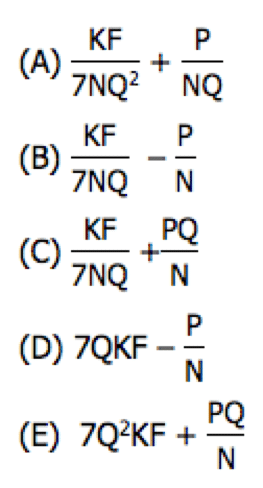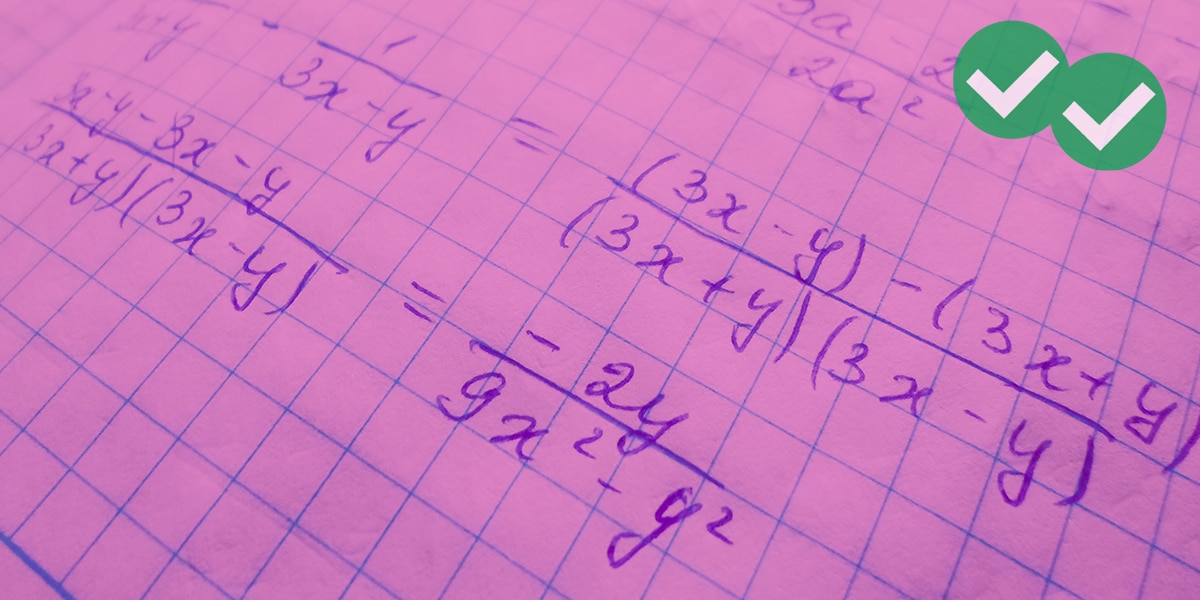Consider these two extreme approaches to studying for the GMAT:
1) Focus on one topic/concept. Practice that same kind of problem exhaustively until you master it. Then move on to the next topic/concept. Repeat.
2) Practice a wide mix of problems every time you sit down to practice.
If those were the only two possibilities, zero diversity vs. 100% diversity in problems, then I would have to recommend option #2, only because that’s exactly what the experience of the real GMAT will be!
When Beginning . . .
Fortunately, between obsessive-compulsive approach #1 and manic approach #2, we can find a little more balance. Let’s say, when you are first learning a topic, or first relearning or reviewing a topic after not having seen it for years, then of course, some focused practice in just that skill will be very helpful. Of course, at the very beginning of your GMAT preparation, when everything is either brand new or seen for the first time in over a decade, you may be doing a good deal of focused practice.
Shifting the Balance
Even at the beginning, even in your first week of practicing, it’s important to do some diverse-problem practice. It’s good to see problems even though you haven’t reviewed that topic yet — it’s a good way to test how much you remember cold, and it’s also a good practice for intelligent guessing, which you may have to do once or twice even on the real GMAT.
As you start to feel comfortable with a greater and greater portion of the content, you practice should shift correspondingly to fewer focused-practice problems and more diverse-practice problems. Whatever your projected prep time for the GMAT is, let’s say that by the end of the first 10% of that time (that would be, a little after the first week in a 3-month study plan), you should be doing mostly diverse-problem practice, with short focus-practice sets just on what you are learning or have just recently learned. If, after several weeks, you are aware that in your diverse-problem practice, you have not seen a lot of such-and-such type of problem, and would like more practice to check your competency in that, then that would be an appropriate use of focused-practice in later stages of preparation.
The Danger of Too Much Focused-Practice
Focused-practice is useful as a learning tool in the beginning stages, when something really is quite new to you, but after that, too much focus-practice holds the danger that you will be able to solve that problem kind only when you in the “mode” of solving that particular problem. That’s not how it will work on the real GMAT. On the real GMAT, you will submit your answer to question #23 about, say, geometry, and then question #24 about, say, percent increase, will pop up. BAM. Without any previous warm-up in thinking about percent increase, right there, you are going to have to do that problem. That’s why it’s critically important that the majority of your practice —- close to 100% in the days leading up to the test —- be diverse-problem practice, so you simply get used to handling topics out-of-the-blue, however they show up in the random mix of problems.
To get a sense of the rapid gear-shifting you will need to do on test day, take the Magoosh GMAT Diagnostic Test.
Here are three completely different math problems, out-of the-blue, for a little diverse practice right now.
1) http://gmat.magoosh.com/questions/105






Leave a Reply